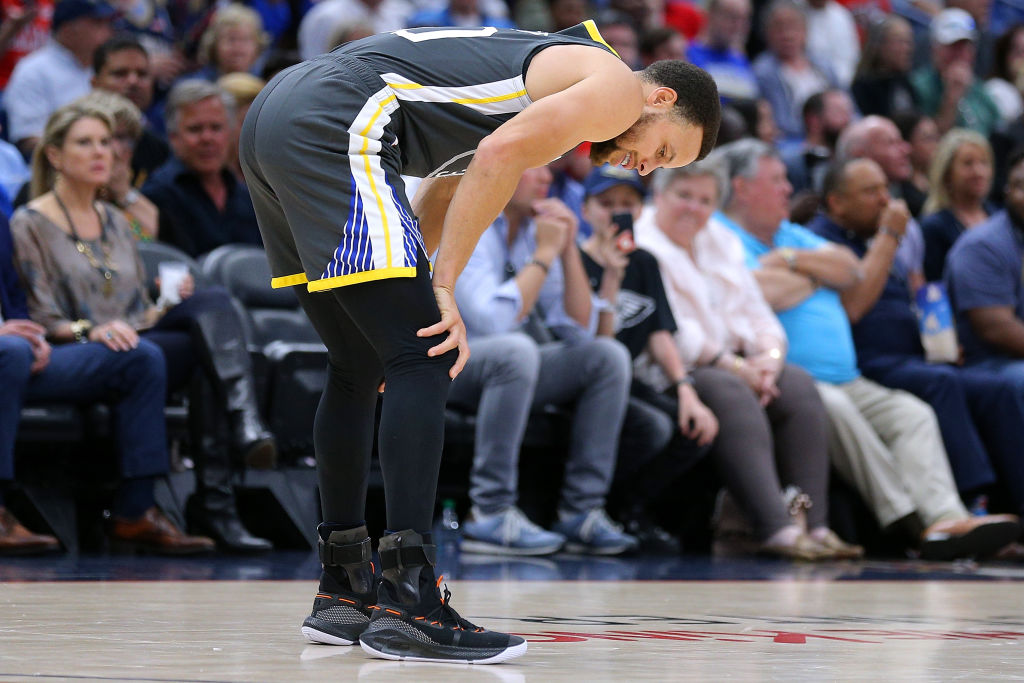NBA
What Kind of Wood Are NBA Courts Made From?

It’s safe to say that very few people pay attention to the actual floor when watching a basketball game. It’s easy to forget what goes into making the court. From cutting trees to laying it down before a game, the floor is vital to the basketball experience, yet the average fan knows little about it.
A deeper look into basketball courts, however, shows just how important and fascinating the story behind the hardwood really is.
What kind of wood is used?
The standard NBA floor is made from acer saccharum, also known as hard maple. This specific variety is harder than most hardwoods and lighter in color. To turn these trees into a playable surface, the NBA employs three companies, Horner, Robbins, and Connor Sports Flooring.
Hard maple is a tight-grained wood, lending to its hardness and durability on the court. This keeps the floor from cracking under the weight of 10 players jumping up and down. Only the Boston Celtics use a different wood, red oak in a parquet pattern.
At just over three-quarters of an inch, the wood slabs are thinner than you’d think. While much has changed in the NBA, maple flooring has been made in a relatively similar way since the 1800s. The floor receives one of three grades, which helps account for differences in aesthetics.
History of the basketball court
A lot has changed since Dr. James Naismith first invented the game of basketball. The peach baskets became nets, and they no longer hang on balconies. Nine-man teams became five-man teams, and there are far more than 13 rules. The floor, however, is largely the same.
Basketball has transcended hard maple on occasion. Naismith, after all, designed the game to occur on any surface. Street basketball has been played on the blacktop since the game went mainstream. A 1931 showcase of basketball took place at Madison Square Garden using a canvas floor, and players used plastic other times. Maple, however, remained the ideal floor for basketball.
Designed for looks, cushioned for safety
Maple’s light color actually has an aesthetic advantage. A pleasant wood to look at, it allows people to see what’s happening more clearly. The grades of hard maple give floors unique looks. Some courts have a solid color, often made from the first grade of maple wood; others will combine grades, giving the floor contrast.
From Brooklyn’s eye-catching court design to Cleveland’s unmissable skyline, the wood’s grading (as well as paint and dye jobs), give each arena a little bit of character.
Beneath the surface, cushions absorb some of the shock from a hard fall or strain. This prevents cracking and denting. It also helps absorb the energy that’s thrown onto the floor and ease the strain on players who are running back and forth on it.
‘The Hardwood’
Like the turf on football and baseball fields and the ice on hockey rinks, hardwood has entered the lexicon of basketball fans as a stand-in for the place where the game is played. By looking at what this means on a deeper level, perhaps fans can better appreciate just why the NBA uses hardwood and why it’s prevailed for over a century.
By looking at what this means on a deeper level, perhaps fans can better appreciate just why the NBA uses hardwood and why it’s prevailed for over a century.











